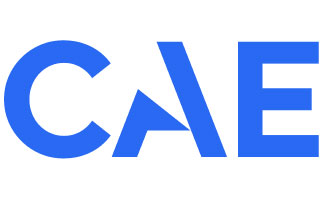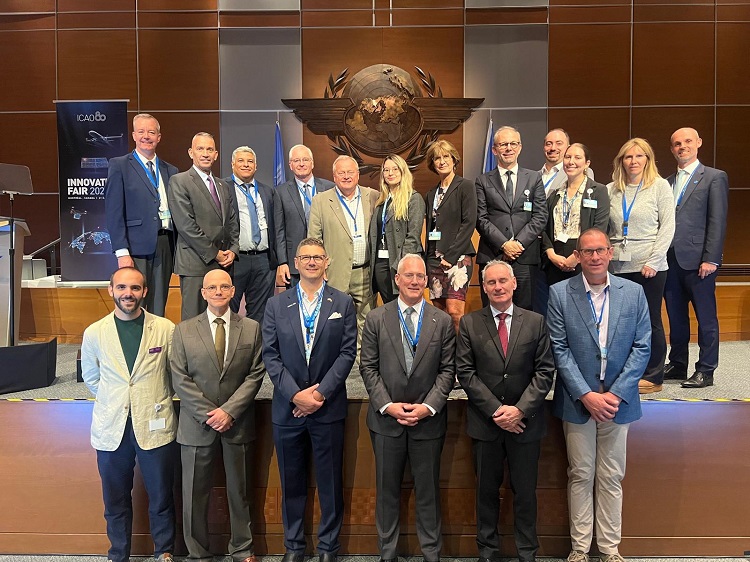This IBAC NAT INFO should provide standard information and updates to operators flying in the NAT airspace.
A Few Important Reminders for NAT Operations
- Operators should ensure proper filing of the ICAO Flight Plan to indicate aircraft equipage and approvals. Operators should not file Required Navigation Performance (RNP 4), Required Communication Performance (RCP 240) or Required Surveillance Performance (RSP 180) unless they have been approved for PBCS operation. Refer to NAT OPS Bulletin 2018-004, Implementation of Performance Based Separation Minima-Expanded Publication of PBCS OTS.
- Operators should verify the coordinates of half and whole degree waypoints to avoid possible Gross Navigation Errors. Refer to NAT OPS Bulletin 2018_003, Waypoint Insertion / Verification Special Emphasis Items.
- CPDLC Route Clearance uplinks are being used more frequently. Operators should be familiar with the procedures to review, accept, and load revised flight plans into the FMS, if a CPDLC change in routing is received.
- Operators are encouraged to comple available aircraft data link system upgrades as soon as possible to improve data link performance and to be eligible for reduced separation minima. Refer to NAT OPS Bulletin 2019_003, Data Link Improvement Options, and subsequent revisions.
- To be eligible for reduced separation in the NAT, aircraft operators must be approved for PBCS operation by their State authorities. The aircraft and operator must meet the CPDLC Required Communication Performance (RCP) 240 and ADS-C Required Surveillance Performance (RSP) 180 requirements to gain and maintain PBCS approval, as defined in applicable State documents.
- Operators should note the Iceland AIP which mandates aircraft with both Inmarsat and Iridium use Iridium when operating north of 80N
Operational Errors
Vertical, Lateral, and Longitudinal errors occur in the North Atlantic High-Level Airspace (HLA). Some deviations are clearly understood and documented by ATC controllers. Many deviations need more information, so operators are contacted requesting further information from the flight crew as part of the event's investigation. These requests are for analysis and understanding of what caused the deviation. They are not for enforcement purposes from aviation regulatory authorities.
There are several common error types present in nearly every review period.
- Flying (Filed) Flight Plan Instead of Clearance (FFPIOC)
- Conditional Clearances
- Weather Deviations
- Waypoint Entry Errors
FFPIOC - Often when the Oceanic Clearance is issued, it will change one or more waypoints due to ATC requirements, and the flight crew either missed the change or forget to update their FMS accordingly.
Conditional Clearance - This is a clearance given to do something based on a particular condition. It may be an altitude change or clearance to proceed to a different waypoint based on a specific time, named waypoint, or geographic position element. The clearance may be to execute the change AT a time or position, or to have the change completed BY a time or position. The specific AT/BY element of the clearance is critical.
Weather Deviations - A clearance must be requested and received for all deviations around weather regardless of distance off the cleared track. For example, if a 20NM deviation is requested and received, 20 NM is your clearance. If you go more than 20 NM off the cleared track, it is considered a deviation error. If unable to receive a weather deviation clearance, the captain must exercise their emergency authority and deviate in accordance with the published weather contingency procedure.
Waypoint Entry Errors - These most frequently occur when a reroute is issued by ATC or the crew incorrectly enters the wrong ARINC 424 format. When a wrong 424 format is used, it usually results in a half degree error. Crews must be knowledgeable of the full 13-character waypoint format and check it for confirmation of correct waypoint entry. Most FMSs do not display the full 13 characters unless another page is opened on the FMS Display.
Equipage Requirements for PART 91 NAT Operations
Long Range Communications System (LRCS) requirements continue to confuse business aviation operators. The following list provides answers to three frequent misconceptions.
Only one High Frequency Radio is required in many areas of remote airspace. For example, per FAR 91.511(d), an aircraft with two VHF transceivers only requires a single HF radio.
FANS 1/A+ (RCP 240) is considered a compliant LRCS, which may be considered a second LRCS in some cases.
Some installed SATVOICE systems are not AC 20-150(B) compliant and therefore are not compliant LRCSs.
If you have any further questions or would like to share your own experience please contact us at info@ibac.org.








 Airspace.jpg)




